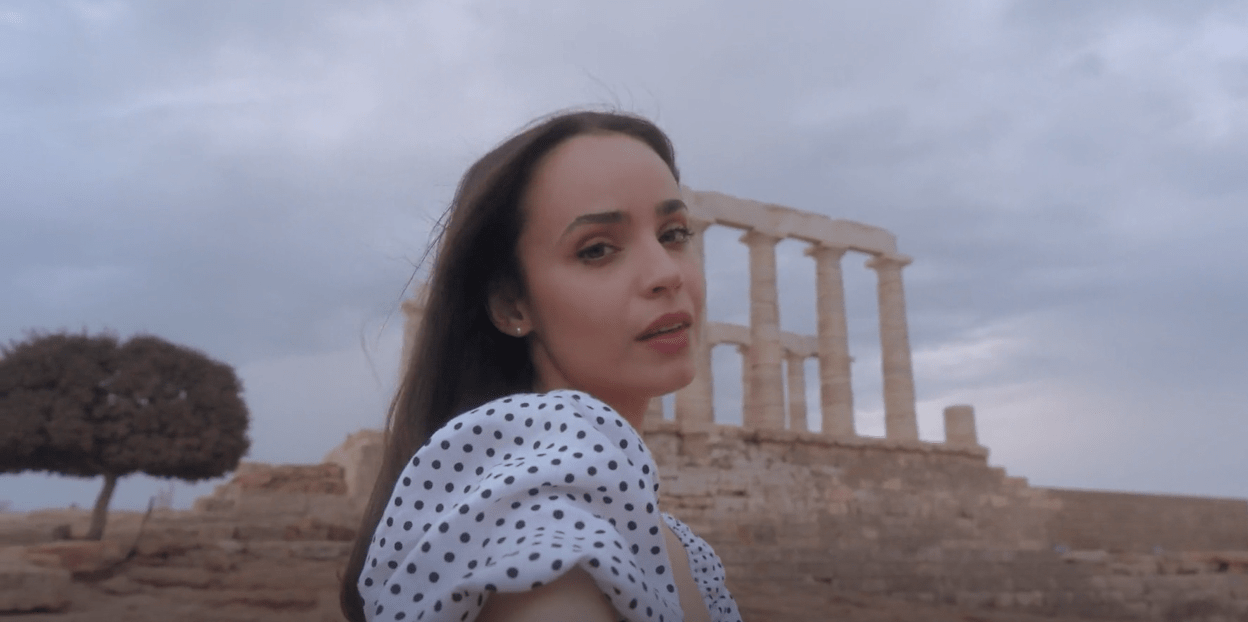Helmed by Iain Morris, Netflix’s My Oxford Year is an adaptation of Julia Whelan’s eponymous novel, bringing to life a story of love and hope. The story follows Anna De La Vega’s journey of self-discovery at the University of Oxford, enabled by her chance meeting with the charming Jamie Davenport. Together, they break free of their suffocating past and find hope in the darkest corners. However, the couple has to go through their own trials and tribulations, with their different perspectives on life coming in the way of their shared future. By the end of the whirlwind romance, Anna metamorphoses into a wiser individual who appreciates the value of the fleeting moments of joy in one’s life. SPOILERS AHEAD.
My Oxford Year Plot Synopsis
The story begins with Anna De La Vega, who makes her way from New York to London after landing a scholarship at the University of Oxford. Enrolling for a Master’s degree in poetry, she plans to pursue a high-profile analyst job at Goldman Sachs soon after. Things start out rough, as on her very first day, she is splashed by a car that zips past her. The driver is soon revealed to be a man named Jamie Davenport, and their dynamic goes from bad to worse when he turns out to be her new professor. Initial disagreements inevitably transition into a deeper connection, in large part due to their mutual love of poetry. Before long, the two begin a sexual stint that soon gives way to romantic developments.
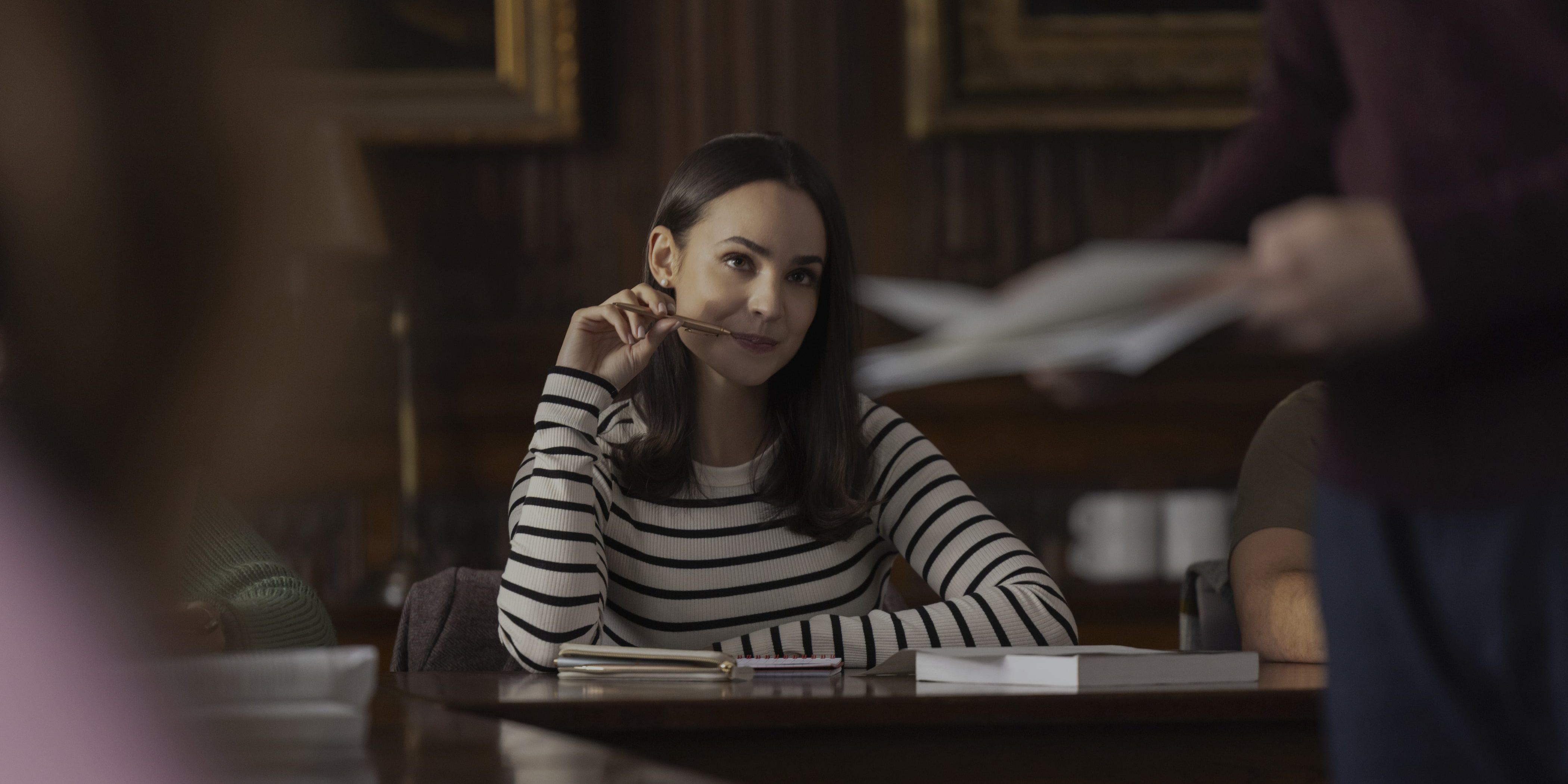
Together, the duo makes their way through the lengths and breadths of the Oxford University Campus, soaking in its rich history and creative splendor while slowly falling for each other. When Cecelia, a family friend of Jamie’s, comes to warn Anna about the potential dangers of falling in love with him, the latter is surprised but ultimately pays little heed. Abruptly, Jamie begins to maintain his distance. The protagonist grows curious and decides to sneak into his house. There she finds Cecelia, and immediately assumes that Jamie is having an affair, before coming face to face with the truth: Jamie has a unique variety of cancer which is exceptionally hard to cure, which dims his chances of living. Despite this, Anna remains undeterred, and the two openly confess their love for each other.
Anna and Jamie’s relationship is marked by his looming death, which is tied most significantly to the death of Eddie Davenport, Jamie’s brother. Cecelia is his former partner and still continues a close relationship with Eddie’s family. However, Jamie and his father’s relationship is strained, in large part due to their differing perspectives about the former’s recovery process. Hearing this, Anna directs her energy into improving her lover’s life, starting with her birthday celebration at the Davenport palace. Gradually, the family dynamics begin to improve, prompting a deeper attention to the protagonist’s own dilemmas. Anna now finds herself stuck between the life she is supposed to lead and the life she wants. Nonetheless, things are cut short when Jamie suddenly faints, leaving his fate uncertain.
My Oxford Year Ending: Is Jamie Dead? Does Anna go on the World Tour Alone?
The ending of ‘My Oxford Years’ is equal parts heartbreaking and empowering, with Jamie’s long battle with his illness running its course. This segues into a montage of Anna and Jamie travelling around the world and making the best of every single moment and location. From posing in front of the Eiffel Tower to spending a night on a Venetian boat, the couple does it all, particularly visiting the secret church sanctuary in the middle of Amsterdam’s famous Red Light District. However, in the end, the entire sequence is revealed to be a part of Anna’s imagination. Although not confirmed, the story strongly suggests that he has died sometime between the time jump. Jamie Davenport’s last moments in the movie are seen with his lover by his side, describing their world trip’s itinerary. Instead of remembering Jamie’s death as a sad moment, Anna embodies his spirit and fulfills their promises.
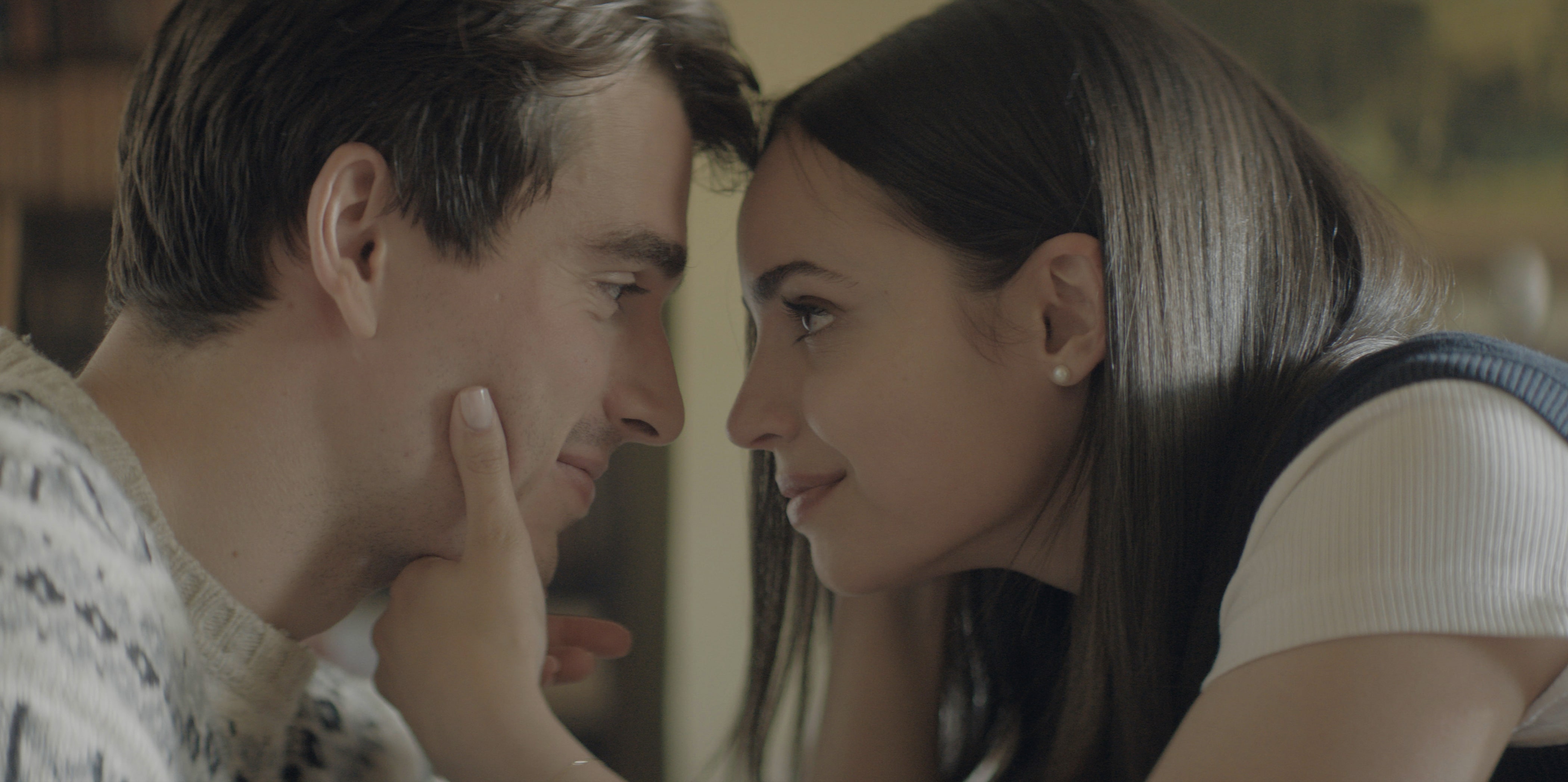
With this, the imagination sequence takes on a new light. We learn that Anna did, in fact, go on the trip on her own and checked off every destination. While she might physically be on her own, Jamie travels with her in spirit, and the narrative substantiates this by recontextualizing all of the destinations shown earlier: Amsterdam, Paris, Venice, Greece, and many others. While Anna records herself solo, she always frames herself as if she is in Jamie’s company, celebrating both of their lives in one. The protagonist doesn’t just bring her promise to life, but also finds true happiness in the pursuit, and, following in the footsteps of Cecelia, does not let her partner’s death become a limitation on her life.
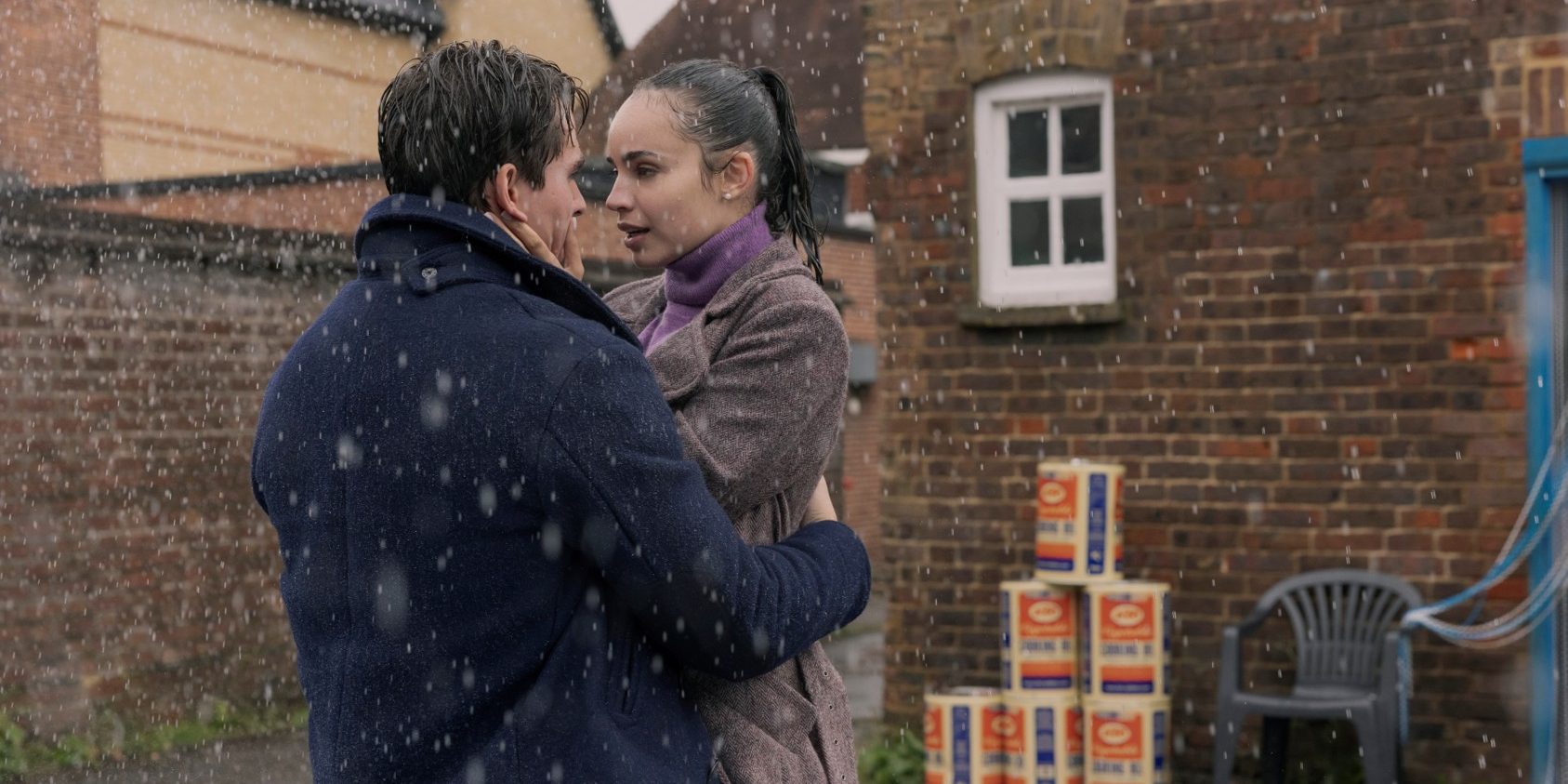
One of the primary conversational points in Jamie and Anna’s dynamic is their differing perspectives on life. Knowing that his time might be limited, Jamie tries to live life in the moment, making sure to extract the most out of every scenery and interaction. This contrasts with Anna’s goal-oriented attitude at the start of the story. She thinks of Oxford as a mere stepping stone in her larger plans of getting a job at Goldman Sachs and becoming wealthy. Her experience with Jamie teaches her an important lesson: to value the present as much as the past or future. This is again exemplified by her trip, where she takes in the experience whole, with no shortcuts. She describes it as living deliberately and recalls her lover’s words: “sucking out all the marrow of life.”
Does Anna Become an Oxford Professor?
Anna’s journey into finding her footing in life has another major juncture, that of pursuing a profession of her desire. In light of this, Anna decides to become a Professor at Oxford University and ends up teaching the same course as Jamie did: English Poetry. This comes as a culmination of the protagonist’s lived experience running in parallel with the creative arts, essentially giving her life a metaphoric quality. To this end, she introduces herself to the class the same way Jamie did, with an oversized cake as a welcoming gesture. She also enlightens them on the true essence of poetry, sharing how the art form is better lived than read. Anna speaks from experience, as poetry plays a major role in her dynamic with Jamie, adding layers to even the simplest of conversations.
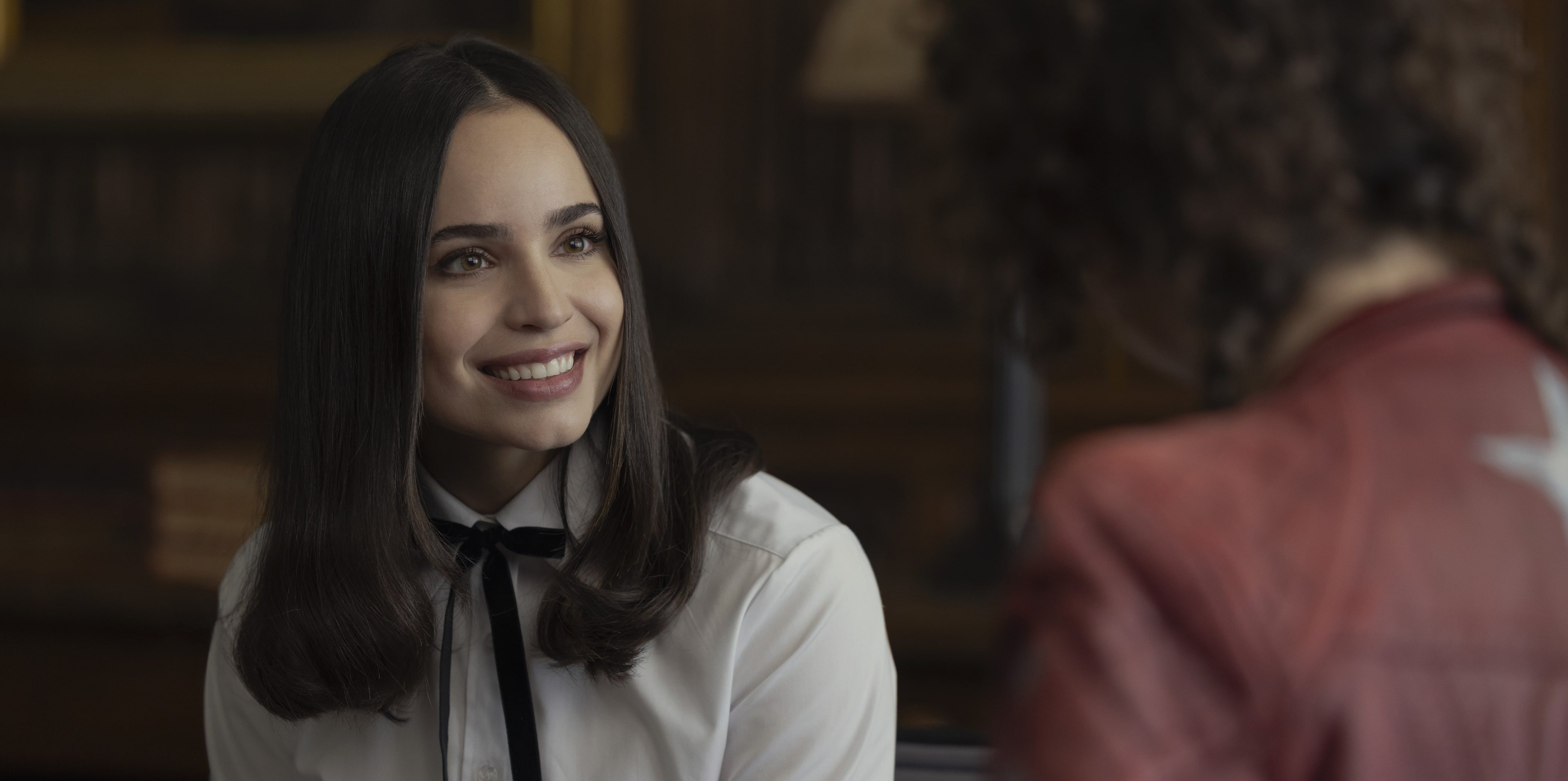
Initially, Jamie and Anna’s readings of the same piece of poetry often differed, with the former’s interpretations focusing on the despair and abyss-like quality of the text, and the latter bringing out its hopeful and life-affirming elements. This reflects both of their trajectories, as Jamie lives a life constantly surrounded by death and trauma. While Anna’s life isn’t easy either, she nonetheless has a clear trajectory for the future. However, this comes at a cost, suffocating her creative spirit and replacing it with a technical, money-oriented life that is promised with her new job as a financial analyst. As such, through poetry, Jamie tries to open her eyes to her true desires, urging her to let go of what others expect, and instead follow her heart’s tune.
Jamie’s perspective completely flips Anna’s life on its head, and she decides to leave the job offered to her at Goldman Sachs. He initially believes it to be a decision informed by her desire to stay with him. But we soon learn that there are more dimensions to her thought processes. Her choice also reflects a rejection of submitting to a lifestyle that she would go on to regret. Instead, she aims to engage with her true passion: storytelling. Anna’s career switch-up is not just an act of love, but also an act of self-affirmation. This is particularly understood by her mother, who initially appears to be the person most interested in her daughter’s job prospects. However, she ultimately respects Anna’s agency, putting faith in her daughter’s ability to prosper in life.
Why Was Jamie Opposed to Medical Treatment?
From the very beginning of the story, Jamie displays a strong disapproval of what he considers forced methods of extending a life. This becomes particularly relevant in the matter of his own treatment, as his cancer is of a unique kind with no easy cure. While he does get a fair amount and variety of treatment and medical assistance, he eventually puts a stop to it. Instead, Jamie declares that he will take life head-on and that no matter what course it takes, he will no longer resist it via medical means. There is also an emotional layer to his decision, with him admitting that he does not wish to spend the rest of his life in a hospital, being subjected to treatments that may or may not work. Instead, he wishes to maximize his time by spending it with his loved ones.
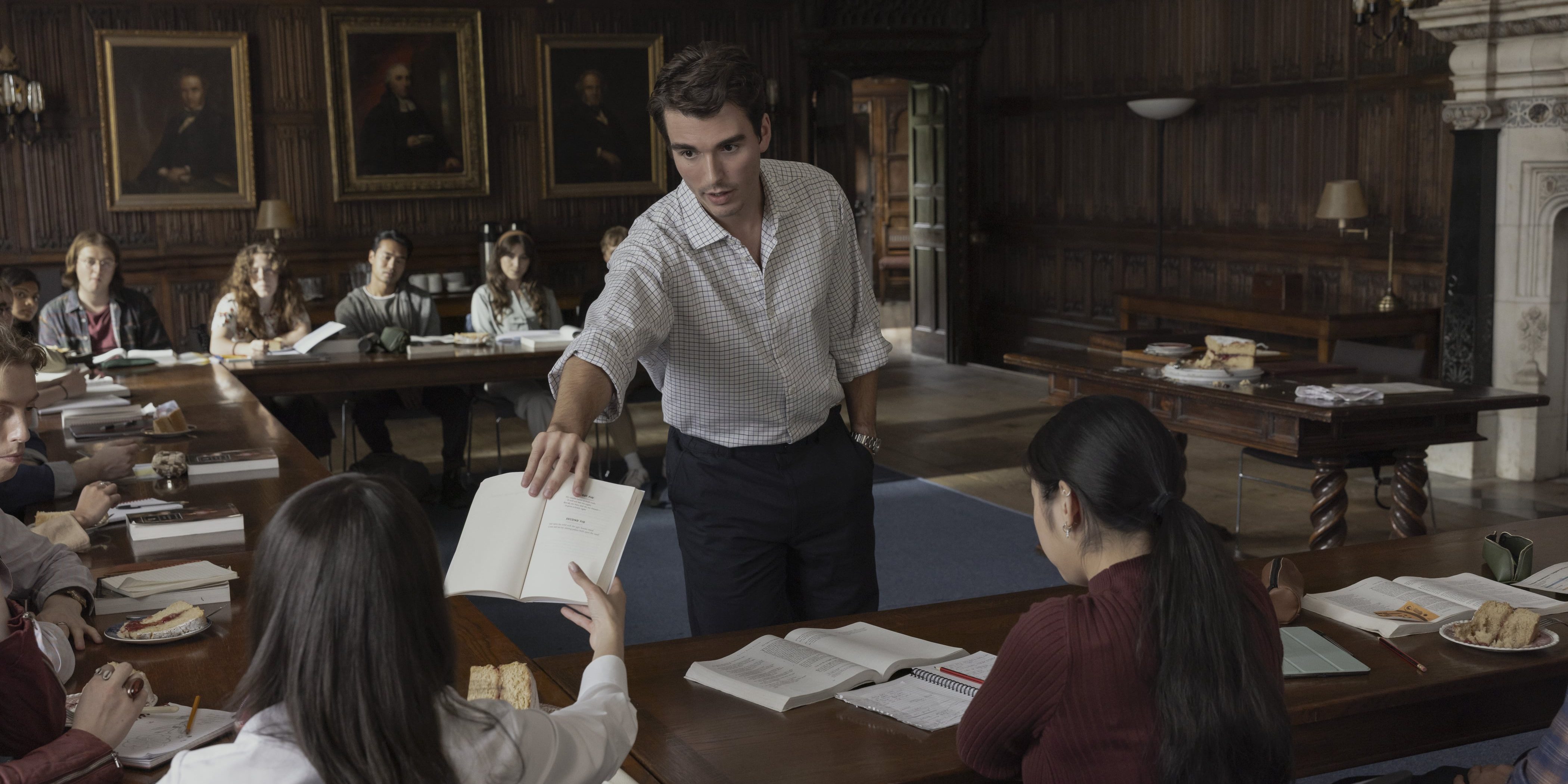
Jamie’s decision is also informed by his brother, Eddie, who died due to the same disease. In a conversation with Anna, Jamie explains the lengths to which his family went to give Eddie the best treatment possible. While the latter initially agreed to all of it, he is suggested to have regretted it in secret, only relaying the truth to his brother. This period of his life scars Jamie, and he refuses to let himself and his cherished people go through the same fate. This puts him at odds with his father, William Davenport, whose plan is to once again try every possible treatment that might work. The result is a complicated moral dilemma, with a grieving father desperate to save his son’s life on one side, and on the other, Jamie, who is making a difficult, but conscious decision.
The question of bodily agency takes center stage in Jamie’s final days, when he is infected with Pneumonia due to his weakened immune system. In the climax, his father finally has a change of heart, choosing not to pursue further treatment, instead echoing his son’s submission to nature. This marks a complete reconciliation between father and son, in part enabled by Anna’s efforts to rejuvenate their dynamic with the toy car model that they used to play with when Jamie was a child. In the same manner as Anna, William does not perceive this decision with guilt or despair, instead remembering Jamie as a loving son who found joy in all walks of life. As such, the story explores the complicated subject of death with utmost care and sensitivity, balancing multiple perspectives and tying them to the larger narrative.
Read More: Is Netflix’s Marked Based on a True Story?

